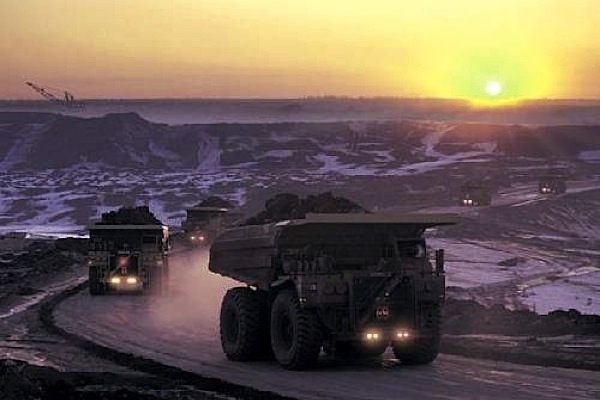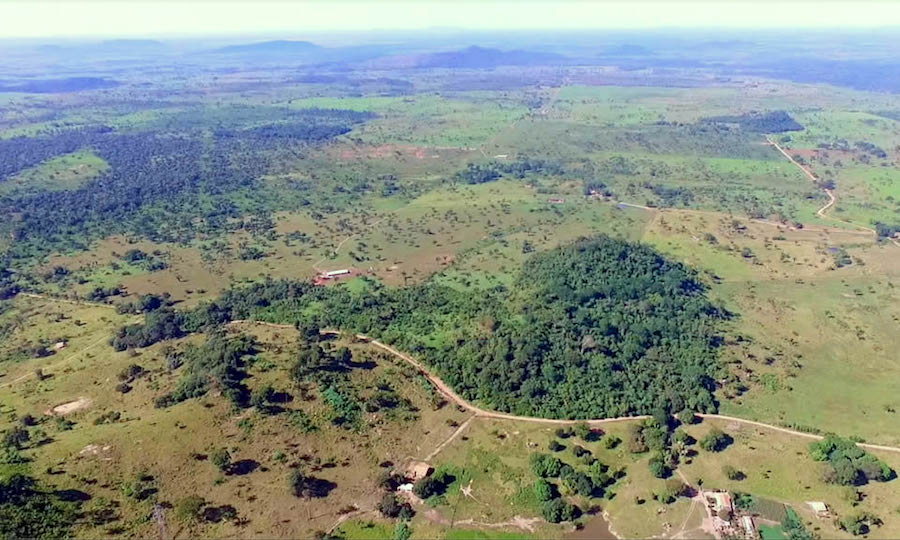Oil sands industry to remain under siege until 2020 on low crude prices

New oil sands projects are among the world’s most expensive sources of crude, and Alberta has been hit hard by the slump in prices that began in the summer of 2014. (Image from archives)
The global downturn in oil prices is shining a harsh light on the high cost of extracting Canada’s oil sands and the situation is unlikely to improve any time soon, as the oil market is expected to remain oversupplied until the end of the decade, the International Energy Agency said on Tuesday.
In its closely watched World Energy Outlook, the IEA anticipates oil demand growth under its central scenario will rise less than 1% a year until 2020. This is equivalent to some 900,000 barrels per day, until it gradually reaches demand of 103.5 million bpd by 2040.
The pace in demand growth forecasted by the IEA is too slow to dent the current oil glut that has driven prices to multiyear lows, analysts agree.
Several companies have been backing away from the oil sands, finding they can’t make the economics of new projects work, as most of their projects were greenlighted when prices were higher, or believed to be heading higher. But what was tolerable a year ago at $100 a barrel has become less profitable—or unworkable—in today’s world of $50 a barrel crude.
“We estimate this year investments in oil will decline more than 20%. But, perhaps even more importantly, this decline will continue next year as well,” Fatih Birol, the executive director of the IEA, told Reuters ahead of the release of the report.
Under $80 a barrel
The energy forecaster, in fact, does not expect crude oil to reach $80 a barrel until 2020. After that, demand growth is expected to grind almost to a halt, increasing 5% over the next 20 years, the IEA said.
At those prices, the typical oil sand producer is just able to cover their production and transportation expenses, according to Jackie Forrest, a vice-president with ARC Financial, who monitors trends in the Canadian oil and gas industry.
In an August interview, she told CBC News many companies were already breaking even or losing money on their operations, as they still needed to cover other costs, such as royalties and debt payments.
The IEA reports offers some hope, but not for Alberta’s oilpatch, as it says that higher-cost producers in Canada and Brazil, as well as the U.S. are likely to fall victim to low oil prices faster than most exporters, but these declines could be offset by supply growth in Iraq and Iran.
{{ commodity.name }}
{{ post.title }}
{{ post.date }}

2 Comments
r p
It is truly amazing, that Canada remains a one trick pony, fretting over ways that continue to keep CDN Oil and Gas, land locked and localized to North America.
A political business prowess so near sighted, that we stand knee deep in Shale Oil, and dismayed by KXL. The prognosis is bleak for all provinces, as the spin offs and transient workers return home, but far greater consequences for Alberta. There is not a Salt Water Solution in site. Canada cannot fill an Asian Energy Contract for years to come. However Saudi picked up another 60 rigs last year to prepare for the future..that would be the Asian market ….where Russia, Iraq and Iran and even the UAE is revving up to handle the so called emerging market. The competition is fierce… and Canada…not even a hope, to be in the running. It is a fantasy for us.
Instead we fixate on XL for 8 years and blat the Nancy Kerrigan response asking ‘why’.
Phil Blank
Hay, I be dead by then, so let the prices drop more!
I remember 15 cent and 25 cent a gallon.
By the time crude starts going back up, pay will be high-enough to handle it.